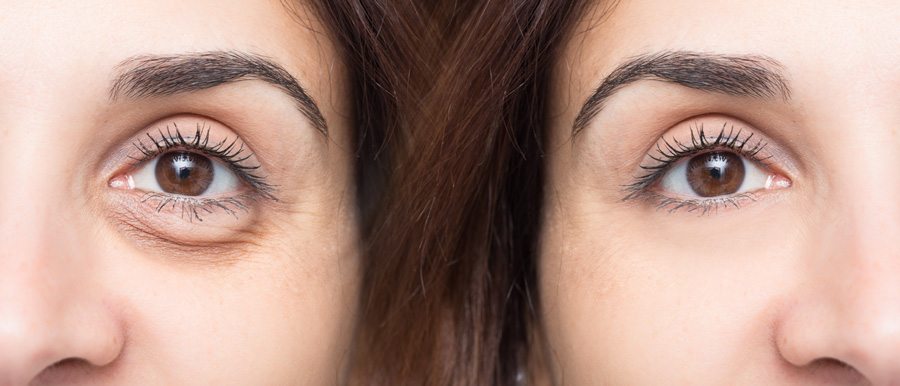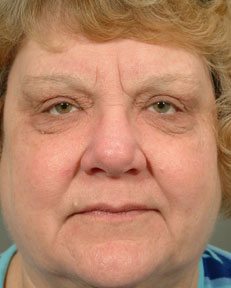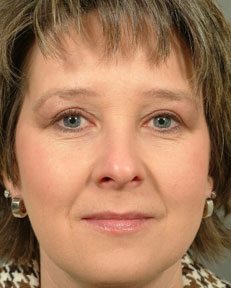Eyelid rejuvenation, known as blepharoplasty, seeks to improve the patient’s eyes by eliminating excess skin around the eyes and creating a more distinct appearance in the eyelid area. The procedure to address lower eyelid issues involves reducing appearances of puffiness and additional skin, including wrinkles that may exist. Blepharoplasty offers smoother, more-natural skin around the patient’s eyes and a noticeable and remarkable improvement in your overall appearance. Dr. David J. Congdon of Cedar Valley ASCENT is a sculptor whose goal is to rejuvenate your face to give you natural-looking results.
Eyelid Rejuvenation

Blepharoplasty Surgery
Eyelid rejuvenation focuses on removing fat and excess skin, bags, pouches and wrinkles in the eye area in order to remedy a tired appearance. Upper eyelid rejuvenation surgery involves making incisions along the creases and lines of the eyelids, removing or readjusting additional fat that is present and extracting excess muscle and skin.
In the lower eyelid rejuvenation procedure, the incision is created near the lash area or in the case of removal of excess fat, the incision will be made inside the lower eyelid (known as a transconjunctival blepharoplasty). These procedures are completed through suturing and can take one to two hours. Post-surgical eye dryness should be monitored and addressed through ointment prescribed by your surgeon, who will also apply bandages to the surgical area for the immediate post-healing time frame.
Is eyelid rejuvenation right for me?
As with all facial plastic surgery, good health and realistic expectations are prerequisites. Blepharo-plasty removes excess fat, muscle and skin from both upper and lower lids, helping patients correct excess skin that hangs over their eyes and obscures their vision or otherwise affects their appearance and confidence. The results can be a refreshed appearance, with more well-rounded and engaging eyelids. Within two weeks of the blepharoplasty procedure, stitches are removed, with any accompanying bruising, swelling and irritated or obscured vision to recede afterward.
Case Study
The patients featured below underwent an upper lid blepharoplasty procedure.

Before

Before

After
